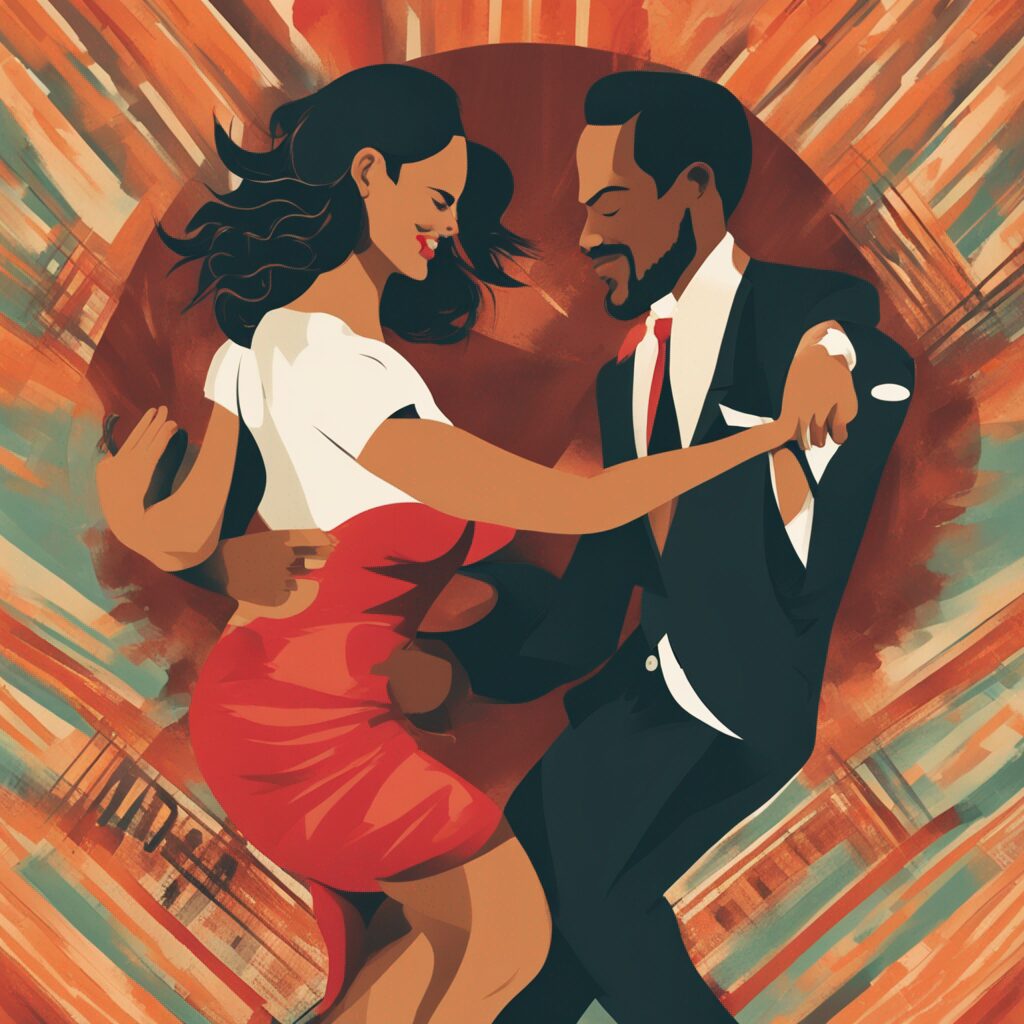Exploring the Roots and Rhythms: Mambo vs. Salsa Music
If you’re dipping your toes into the vibrant world of Latin dance and music, you might have found yourself puzzled by the terms “mambo” and “salsa.” As an aspiring DJ or a dance enthusiast, understanding the nuances between these genres can enhance your appreciation and performance. Let’s delve into the history, music, and dance styles of mambo and salsa, and clarify why these terms are often used interchangeably, yet refer to distinct styles.
The Birth of Mambo
Mambo, often associated with the iconic sounds of Perez Prado, originated in Cuba in the 1930s. It was a derivation from the danzón, with its own unique rhythm and instrumentation, particularly the use of brass instruments which give it a distinctive, lively sound. Here are some key characteristics of original mambo:
- Origins: Developed from the danzón, with significant contributions from Orestes Lopez and his brother Israel.
- Instrumentation: Features strong brass sections, often with two different melodic patterns played simultaneously.
- Rhythm: Known for its syncopated, staccato, and explosive brass patterns.
- Examples: Perez Prado’s Mambo and Mambo La Merced.
The Evolution into Salsa
Salsa, while encompassing a broader range of Latin music, has roots in mambo but evolved with influences from various genres like son montuno, cha-cha-cha, and even elements of jazz and rock. Here’s how salsa diverged:
- Development: Salsa emerged in the 1960s in New York, blending various Latin rhythms with jazz and other urban influences.
- Clave: Salsa features a clave rhythm, which isn’t typically present in early mambo music.
- Subgenres: Includes styles like salsa dura, salsa romantica, and features artists like Gilberto Santa Rosa and Oscar de Leon.
- Dance: While mambo influenced salsa dance, the term “mambo” in dance contexts often refers to the New York style salsa.
Why the Confusion?
The confusion arises from several factors:
- Evolution of Terms: The term “mambo” has been used liberally, especially in dance, to describe various forms of salsa or even sections within salsa songs where brass instruments take the lead.
- Cultural Overlap: Both genres share similar dance steps, with the basic step of mambo being adapted into salsa, but often with different musical emphases.
- Historical Context: As pointed out by dance enthusiasts, what is now called “mambo” in dance settings was originally danced to mambo music by artists like Tito Puente.
Dancing Mambo and Salsa
The dance steps for mambo and salsa can look similar, but they differ in timing and feel:
- Mambo Dance: Known for its on2 timing (starting on the second beat), which gives it a different dynamic compared to salsa.
- Salsa Dance: Can be danced on1 or on2, with on1 being more common in traditional salsa settings.
Conclusion
Understanding the distinction between mambo and salsa not only enriches your musical and dance vocabulary but also allows for a deeper appreciation of the cultural tapestry these genres represent. While the terms might be used interchangeably in some contexts, knowing their origins and unique characteristics can help you navigate the Latin music scene with greater confidence and enjoyment. Whether you’re spinning records or stepping onto the dance floor, the legacy of mambo and the vibrancy of salsa offer endless opportunities for exploration and enjoyment.






